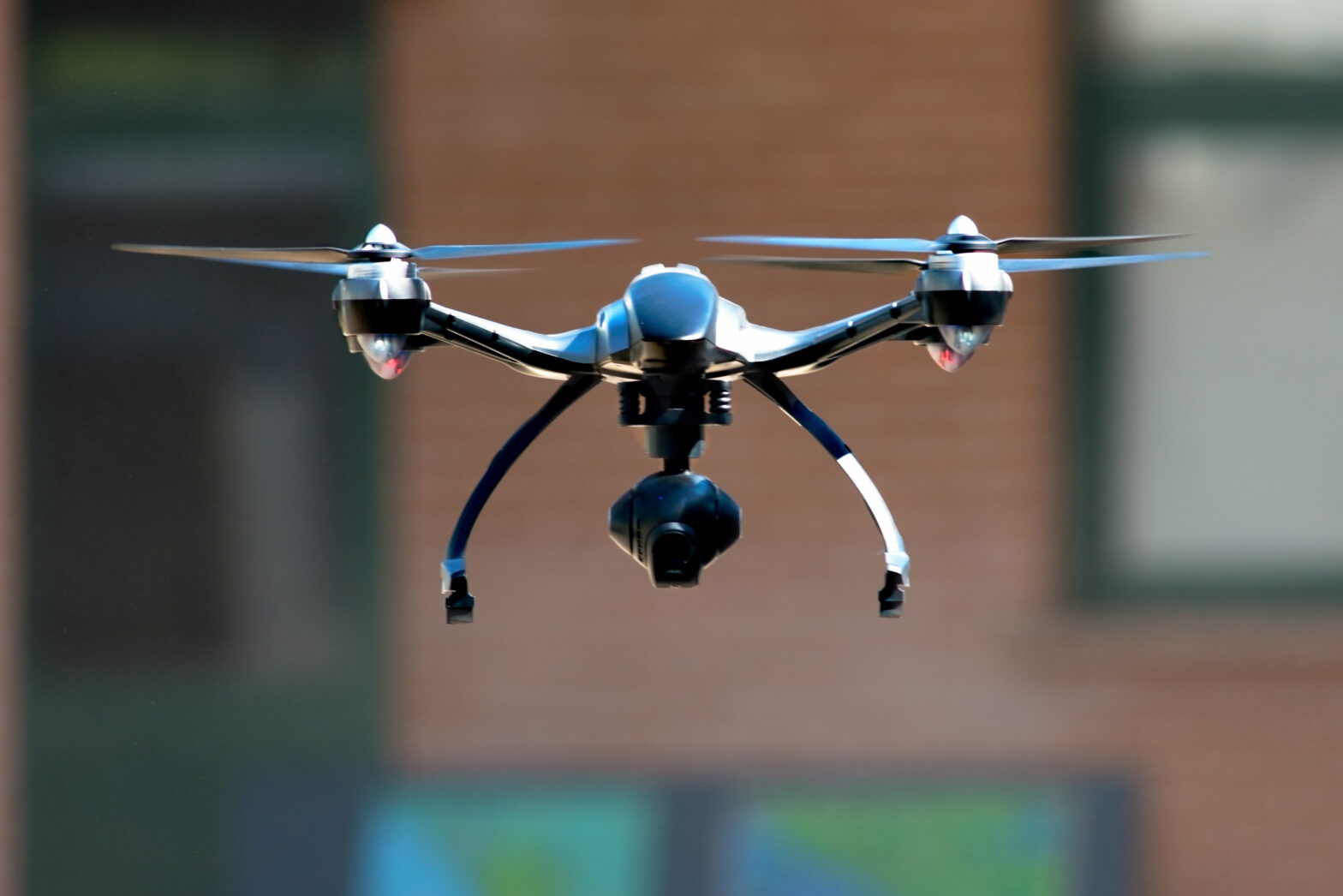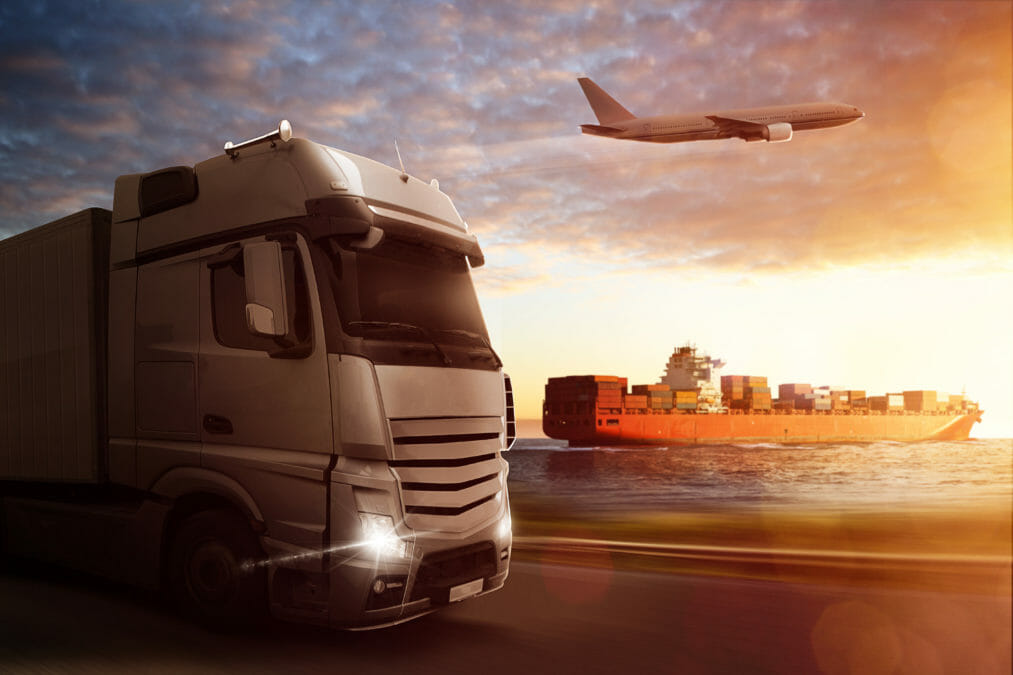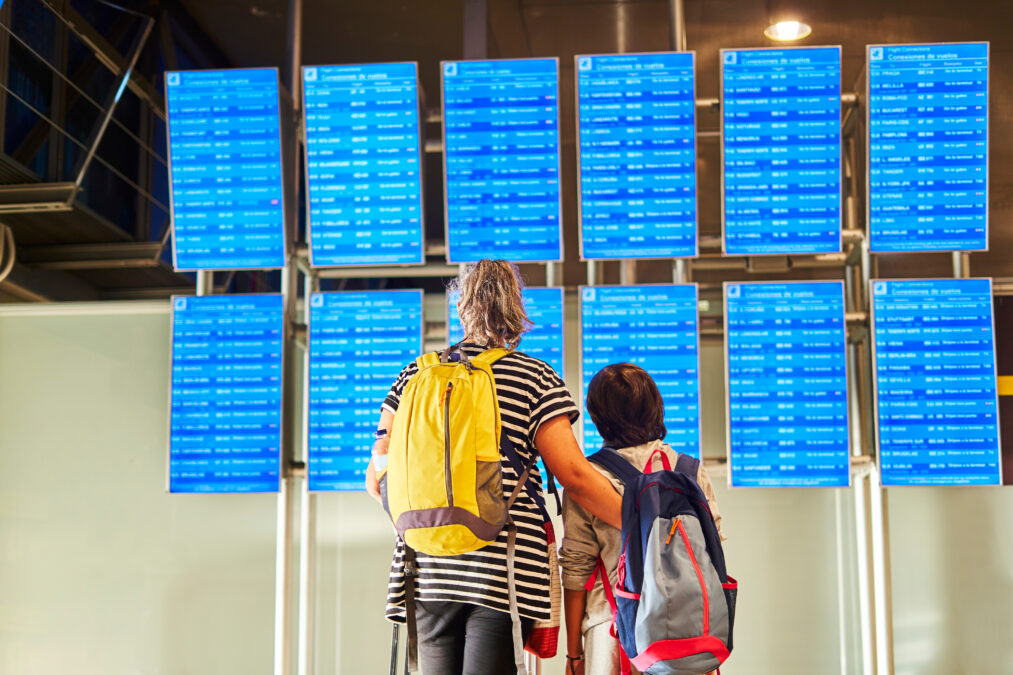Drones are one of the best visible examples of innovation in a variety of sectors. But, in an exclusive interview with Information Age, the Civil Aviation Authority (CAA) warns that the entire industry could be held up, or even halted, if commercial drone users are not responsible for their actions.
Jonathan Nicholson, Assistant Director Corporate Communications at the CAA discusses this, the future of drones, the required regulations that need to be implemented and more in this interview.
Can you explain the role of the Civil Aviation Authority in relation to increasing drone use?
The Civil Aviation Authority are really interested in safety. We’re interested in making sure drones can integrate safely with everything else that’s already up there. Everything from a hang glider to a AirBus A380.
We want drones to be a success. We think they are fantastic, both for possibilities surrounding aviation, and wider commercial use, and for people using them for fun – potentially as a pathway into other areas of aviation. So, we absolutely support drones, but we need to make sure that they integrate safely.
>See also: New UK drone safety regulation: is it enough?
I think quite a few people who haven’t dealt with the CAA in the drone industry think we maybe the ‘fun police’. That’s not the case, lots of us fly drones, but we are the regulator. Our job is not to block things that can be done safely. We are an enabler as much as we are a regulator. Our whole premise in everything we do is to say yes, if it can be done safely. If we do keep seeing misusing drones, and causing safety incidents, that will have an impact on what we can do as a nation, and the things that drones can do in the future.
What is the level of drone integration in the UK airspace?
It goes from everything, from somebody who buys a drone up to drones that are airliners with a crew that don’t actually touch the controls, but sit there while somebody on the ground test flies it. This does happen.
So, from the lowest level it’s making sure that they know the rules and know how to fly safely so that the integration isn’t challenged. They need to be aware that there are other things flying where they fly. They both have access to that equal airspace, so from an integration point of view it is just about making sure they realise [those flying drones for fun] that they are not alone with the heights they are flying at.
At the other extreme we have already flown large unmanned drones, I mean the military drones that are the size of a small light aircraft. We’ve already flown those in the airway system with airliners. That’s full integration if you like. It’s easier to integrate very large drones into the airways system, because they behave like an aircraft as far air traffic control and the system is concerned. That’s pretty easy to do.
What are the best ways to communicate best practices for safe drone use to ‘amateur’ drone users?
We are going through a whole programme of education. With most of the audiences we deal with we license them, they’ve been through a process, they’ve done lots of training and it is relatively easy for us to contact them.
The difficulty with consumer drone users, someone flying for won, they can be absolutely anybody out there in the big wide world. I mean they may even be here on holiday, and brought their drone with them. So, it is really about education, and acknowledging the fact that they aren’t aviation people. And there is no reason why they should know what airspace is and what heights things fly at.
>See also: Autonomous drones in the oil and gas industry
Because of this we have to think of novel ways to do it, and do it in a way that makes it approachable and understandable for them – taking it right back to the simplest and easiest way of getting it across. That’s why we have things like the DRONE Code, which is literally six images with a handful of words. To be honest if every consumer drone user followed those we wouldn’t have any problems at all.
As the drone market expands, what are the implications of the increased amount of traffic?
Within not many years you might well see multitudes of micro-drones operating in city centres, monitoring traffic or monitoring infrastructure. Those really small ones are not so much of an issue. It’s more of an issue for them to keep out of their own way.
When you start increasing the size that’s when it becomes an issue for aviation. And then it depends if they are flown out of line of sight. The current basic rules say you can’t operate your drone beyond line of sight. You need to be able to see the drone so you can separate it from other things in the air. Once we start wanting to take anything from a phantom upwards, beyond on line of sight, that’s when we are going to have to start working on sense and avoid. Not sense and avoid like a phantom has so it won’t fly into a wall, it’s got to be sense and avoid so it will sense a parachutist, a hand glider, a light aircraft and avoid them.
That’s what we need to really get that full integration, and it has to be automatic. I don’t think we are a million miles away from that, but it is a technological solution. I know a lot of people are working on it right now in various places and with various schemes. It’s not that far away, but that’s what is required before we ‘kick the box’, and say larger drones can fly beyond line of sight of the operator.
>See also: Commercial drones in the city of the future
In the UK, we have what is called controlled airspace and uncontrolled airspace. The majority of private aircraft operate in uncontrolled airspace, which simplistically means you can go where you like, you don’t have to talk to an air traffic controller, you don’t need significant levels of equipment in your aircraft, and the way you separate from other things is by looking out of the cockpit, which is why we talk about sense and avoid technology being required, because there are more risks.
Once you get into the significantly large drones, those will be flying in controlled airspace. And the other things you find in controlled airspace have all the kit and they’re all being controlled by an air traffic controller who has a radar screen etc. Those it will be much easier to manage those large drones in the monitored controlled airspace.
Are there any effective security measures for drones?
Lots of the drones now have geo-fencing, which stops the consumer-user from going somewhere they shouldn’t.
If there are other, ground-based blocking systems, that would be for the government through the Home Office or other agencies to actually decide where they fit them, how they fit them etc.
Certainly our view is, there’s kind of two things that need to happen. One is education of drone users, which we are doing and looking after. The other thing is technological solutions on the drone, like; geo-fencing and sense and avoid technology, and ground-based devices. But it’s not for us at the CAA to say whether a location should have one of these devices or not.
Can you conclude on what the drone industry will look like moving forward, and the UK’s place in this space?
From a UK perspective, I think we are one of the leading nations for advancing drone technology and implementing drone technology. We’re certainly talking to businesses like Amazon and we have a lot of dealings with them in their work. They’re doing it here because they can. The UK has been an enabler. Certainly from a safety regulation point of view, we absolutely come at it with that attitude. Number one it has to be safe, and providing people can show us what they’re doing is safe, then are answer is get on with it.
We absolutely want to enable things to happen, as long as they can be done safely. Certainly for the future, it is a no brainer that drones will continue to grow and grow, and become more a part of our every day lives, particularly when considering immediate, obvious things let alone the things we don’t yet know that they can do.
>See also: Majority of drone owners welcome regulation
Talking to people like power and infrastructure providers, at the moment they are paying a commercial helicopter operator £1,500 to £2,000 an hour to inspect an overhead power line in a remote area. Obviously they can do that more accurately by drone and basically for the cost of charging the battery. Things like that will happen, and we are seeing it happen now.
Then we have all the uses that people haven’t yet thought of, or haven’t gone public with but are working on and I’m sure that will continue to develop and accelerate.
We’re not a million miles away from having things like an NHS, national drone system, that can transfer human organ transplants from hospital to hospital by drone. That is perfectly feasible. If this is going to happen we need everybody, including those flying drones for fun, to do so safely. Otherwise negative media headlines will continue to dominate public perception and influence politicians and others, and stop the good things happening in the future.










